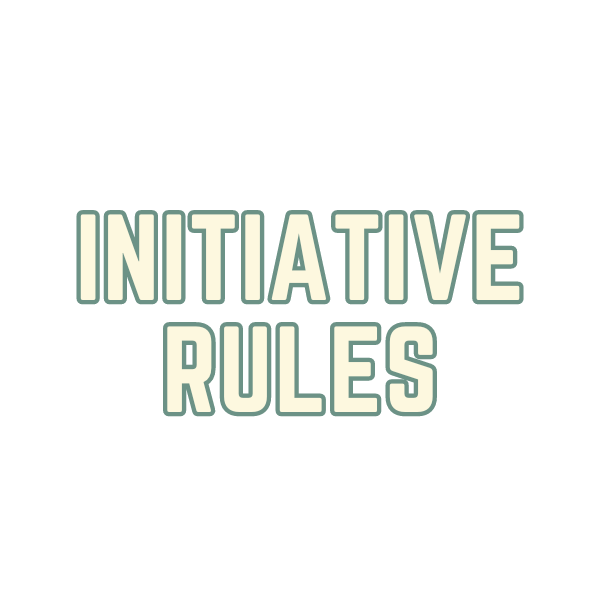Ok, cool. But if I can press you on this a bit, it seems to me that this is not really an issue with the initiative system.
In my opinion, the purpose of an initiative system is to ensure fairness in a situation where action order is a relevant factor in success. So if we spotlight the same player twice, it seems to me that we either
- are in a situation where there is no particular advantage from turn order (for example: I’m fighting one guy, and you’re fighting another, and there is no real interaction between the two fights); or
- favor one player, by giving them the advantage, and thereby disfavor every one else (which might be fine)
Both these options arguably exist irrespective of our initiative system. In a very rigid system, the DM can still say “you guys are so far apart, that you’re basically in two different fights. Let’s focus on Amanda’s fight first” - it is totally within the rules.
And in a very ‘loose’ system, you would still have to go one at a time, effectively creating an ad-hoc system, to enable tactical decision making. So side-stepping whatever order we currently use to favor Amanda will be equally a breach of the social contract (or cheating/fudging) in a system without initiative, if the rest of the group feels that it was unjust, or a cool spotlight if they think it’s was just.
Point is: I think that these situations work equally well, or equally bad, with all initiative systems; and they don’t inherently work better or worse in mind-play than in grid-play.
Example: old d&d is played both in theatre of mind and on a tabletop/grid, using d6-roll-high as initiative; and since combat rounds are one minute long, there is plenty of space to give more spotlight to one player by letting them make a more complex action.


